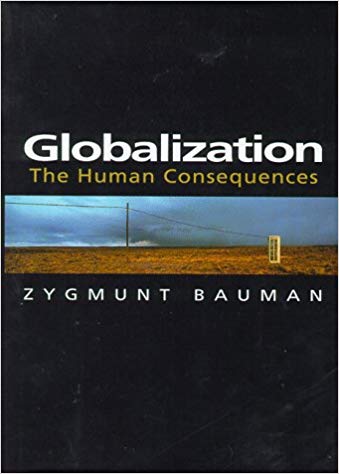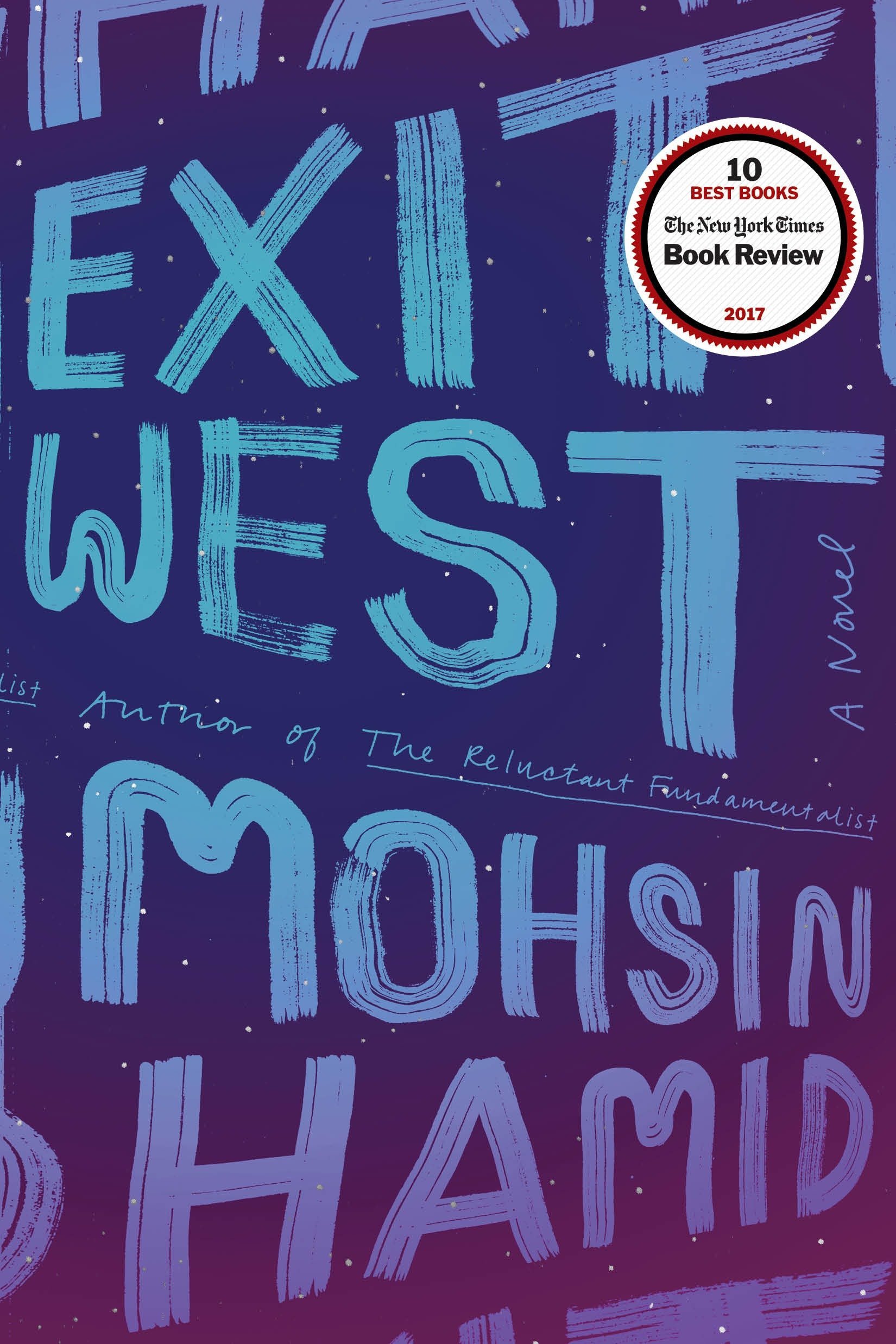Introduction
The White Tiger and Neoliberalism
In this brief article I intend to read Aravind Adiga’s The White Tiger in the light of some insights about neoliberalism as discussed by Franco Berardi. In his celebrated book, The Soul at Work, Franco Berardi offers a sustained explanation of workerist  Marxism as well as the nature of digital capital and its ‘appropriation’ of the human souls in the processes of production. He, however, is precise in using the term soul. Berardi asserts:
Marxism as well as the nature of digital capital and its ‘appropriation’ of the human souls in the processes of production. He, however, is precise in using the term soul. Berardi asserts:
The soul I intend to discuss does not have much to do with the spirit. It is rather the vital breath that converts biological matter into an animated body.
I want to discuss the soul in a materialistic way. What the body can do, that is its soul, as Spinoza said. (21)
Generally speaking, in defining and discussing the workings of semiocapital, Berardi argues that since labor processes have become digitized and most of the productive functions of capital now rely on the “intellectual labor” of the workers, which is called Digital or cognitive capital, the cognitariat thus created does not only suffer the physical effects of this labor on the body, but rather suffers through a larger malaise of the soul, which displays itself in paranoia and depression as being the two leading problems of the modern world.
In such a scenario, the old humanistic model of explanation of capital, a model that presupposes an essential humanity to which the workers must be restored, is no longer workable or effective. The scholars, therefore, must turn to the active acts of resistance offered by the workers: refusal to work and the fight for fair wages. These, in Berardi’s view, are the liberatory movements toward our individual and collective autonomy form the far reaching influence of digital capital.
Just as in the metropolitan areas of the global capital, digital capital has subsumed the very souls and minds of the working labor, the neoliberal capital relies on a strange combination of the powers of the digital capital and old hierarchies of class, caste, and space to shape the local bodies and minds into submission. The White Tiger, in its thematic focus on the rise of Balram Halwai, is a story about this impact of global capital and its unfolding in the global periphery. In a way Halwai, the protagonist, jokingly points to at least the two major symptoms of the effects of semiocapital in the metropolitan West: “cell phone usage, and drug abuse” (4)
But first, a little more about the hybrid neoliberal model in India and rest of the global periphery. The neoliberal capital’s reliance on the intellectual labor of the workers of the periphery is a fact: Banglore, the spatial setting of the novel, is the ultimate example of this technologized phase of capital and the enormous cognitariat that it has created in the form of call center workers and other tech developers.
But in the global periphery, capital unfolds itself into a kind of special monstrosity, like a chimera: While its output and workforce is governed by the logic of neoliberal capital, its social system is still mostly caught in the processes of formal subsumption of labor and its move to the real subsumption of labor is inherently stymied.
The Formal and Real Subsumption of Labor
This concept is central to how Marx conceives of how capitalism establishes itself. In the chapter in Capital on “Primitive Accumulation” Marx showed that genuinely capitalist accumulation could only take place on the basis of productive forces which themselves could only arise on the basis of capital. At first, capital draws into itself an existing labour process — techniques, markets, means of production and workers. This Marx calls “formal” subsumption, under which the whole labour process continues much as before, but by monopolising the means of production, and therefore the workers’ means of subsistence, the capitalist compels the worker to submit to wage-labour, and by using the existing markets, is able to accumulate capital. (Source: https://www.marxists.org/archive/marx/works/1864/economic/introduction.htm)
Capitalism as such, however, cannot develop on the limited basis it finds in the already existing forces of production. The pre-requisites for a real capitalist labour process can only be created by capital itself. Thus, capital gradually transforms the social relations and modes of labour until they become thoroughly imbued with the nature and requirements of capital, and the labour process is really subsumed under capital. This is Marx’s solution to the paradox that only capital can create the conditions for capitalist production.
For Marx, the formal subsumption of labor involved the process in which the mode of production had not become capitalistic but the labor was still caught within the precapitalitic social sphere. At a certain point in the rise of capital, the labor becomes really subsumed and this real subsumption of labor is crucial to normalization of capital and also to the rise of the proletariat.
The White Tiger
Sadly, the digital workers on the global periphery though totally subsumed within the logic of neoliberal capital, do not have the option to move into real subsumption and its possibilities, especially since the modern technologies enable the absolute capture of the soul and its material functions, and hence they are still caught within the imperative logic of the precapitalist formal subsumption processes. This aspect of the formal and real subsumption of labor is quite pertinent to any study of The White Tiger.
Needless to say, in both its manifestations, formal and real subsumption of labor, it is the souls of the workers that are captured, only in the global periphery this act of capture is enabled by a kind of social exploitative blackmail. The novel, thus, also highlights the price one must pay to think and act as an individual, especially when it comes to breaking the capture of the soul by capital.
In The White Tiger, Aravind Adiga’s writing style involves an epistolary method in which the protagonist, Balram Halwai, is addressing the Chinese premier in the form of long open letters. The story of our protagonist, thus, stages for us the material and spiritual costs for someone caught within this logic. Balram Halwai, of course, is the absolute precarious worker of the digital age of capital. His precarity is underwritten and inscribed through different social and economic modes of inscription: First, the basic need of the body to work in order to sustain itself; beyond that, his need to work to sustain his family. But most importantly, his capture, body and soul, is also enabled by the absolute impossibility of his lateral movement to a better job or to build any lateral alliances with other workers. But what keeps him completely fixed to his current state, the very given of his life, is the possible threat to his family. This threat is only possible because capital in this regard is still in the formal stage of workers subsumption, and the workers are still caught within a feudal, rural social order. Hence, Halwai understands that if he rose against his masters, his family, within the logic of feudal economy in which they exist, would have to pay for this. And when he makes his move, by literally killing his benign foreign-returned master, his family does pay a price. He escapes only with his nephew, one of the only survivors of his extended family after the reprisals unleashed by his own act at wresting his own agency and starting his own “free” enterprise in the neoliberal capital. Thus, besides many things, the novel clearly teaches us that not many workers have the option of striking on their own in the current regime of capital and that those who do break the bondage are as rare as White Tigers!
[qcld-ilist mode=”one” list_id=”2149″ upvote=”off” disable_lightbox=”false” column=”1″]
Conclusion
While Briardi’s The Soul at Work does teach us about the nature of current regime of capital and possible resistance to it in terms of wage fight and collective action, within the logic of capital in the global periphery, as represented in The White Tiger, the possibilities of such workers alliances and movements are still fraught with peril and often not even possible!
Read my general article about Postcolonial Studies HERE.




This is brilliantly written. It gives an insight into many of my unanswered questions. I guess if I have a better understanding of Marx, this will be even more clear to me.
For me this breaks the regular run of the mill pattern we follow here and provides a fresh breath of air.
Thanks Dr. Raja.
Thank you. I am glad this is useful to you. Please keep sharing the resources from Postcolonial Space with others.
Please share some texts in the context of Neoliberalism.
I am working on a detailed article on neoliberalism. I will add a list of books for further reading at the end of that article.